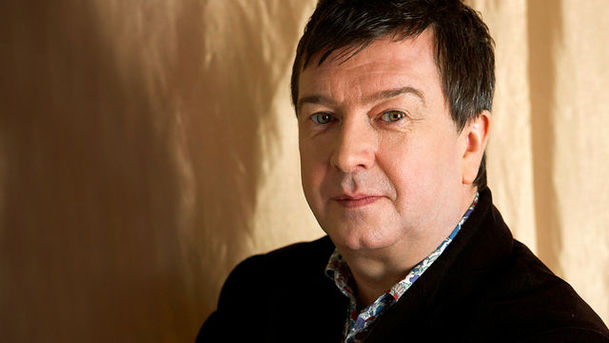Not Fade Away

How do you end a piece of music? For 500 years pieces always had a clear ending. But in the 20th Century music often ended with a fade out instead. Stuart Maconie looks at how and why this change came about. Pop songs often fade but classical music nearly always has a very clear ending, often a climax with all the performers playing a rousing cadence which almost guaranteed applause. An early exception is Haydn's Farewell Symphony of 1772 which ends with the players leaving the stage one by one, until there are only two players left. Haydn wrote it as a hint that the players needed a break. Holst's Planets Suite (written 1914 -16) ends with a chorus of women's voices sound fading into nothing - perhaps the first true example of a fade in music. At the same time, recording technology was developing and fades could be created by moving away from the recording horn. And record companies began imposing endings for commercial reasons or to fit it onto a side of a 78 record, sometimes with quite brutal results. With the advent of modern recording techniques it became easy to create a fade electrically and from the 1950s onwards this became commonplace. But it was in the 1960s when the fade came into its own, particularly with the iconic 2 minute fade of Hey Jude. So has the fade out simply become a lazy way to end a song? And what happens when that song is played live and a fade isn't possible? Stuart Maconie draws from his own experience as a dj and we also hear from Stephen Johnson presenter of BBC Radio 3's Discovering Music, Jacob Smith Lecturer in Film and Television Studies and remastering engineer Roger Beardsley. And Martyn Ware of Heaven 17 talks about ending songs live that faded out in the studio versions.